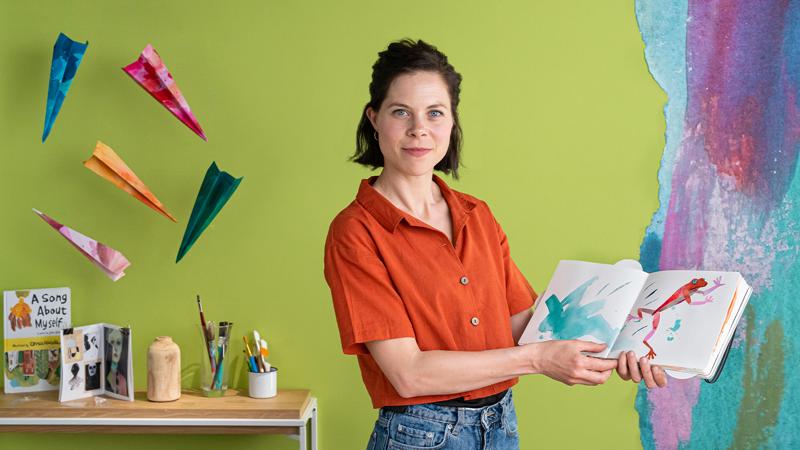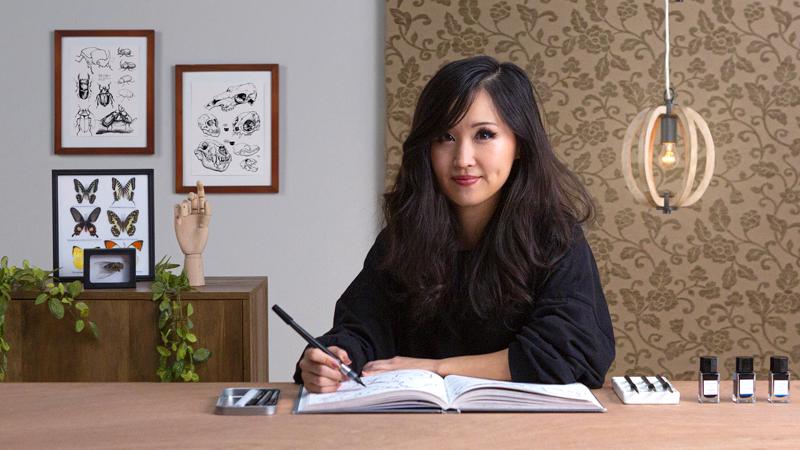Course overview
- Provider
- Domestika
- Course type
- Paid course
- Level
- Beginner
- Deadline
- Flexible
- Duration
- 4 hours
- Lessons
- 18 lessons
- Certificate
- Available on completion
- Course author
- Alan Coulson
-
Realistic drawing doesn’t have to mean making an exact copy of reality; it can also be interpretive and personal. Portrait artist Alan Coulson creates highly detailed portraits driven by an interest in people and their stories. He has collaborated with The New York Times, Sunday Times Magazine, University of London, and more.
In this course, Alan teaches you how to make a realistic pencil portrait using a photographic reference. Create lifelike illustrations filled with emotion and use experimental techniques to make them your own. Capture the stories of the people around you with a pencil.
This is Alan’s second course with Domestika. In his first, Realistic Oil Portraiture: Conveying Detail and Expression, he dives into creating detailed portraits through the vibrancy and versatility of oil paints.
Description
Get to know Alan Coulson, portrait artist, and your teacher for this course. He talks about how he went from a career in retail to becoming an award-winning artist. Discover the influences which inspire his work, from music to fashion.
Look at the materials needed for this course, then practice using them with some simple drawing exercises. Discover Alan’s personal approach to creating form with pencils and erasers. He demonstrates different ways to shade, make marks, blend, and more, before discussing the composition of your subject. Explore how to capture photos filled with emotion, taking into consideration things like posture, gesture, and light.
Time to set up and edit your portrait. Discover the grid method and how to use it to create portraits to scale before making a start on your illustration. With your outline ready, refine your drawing by tidying up features, erasing unwanted lines, and depicting light and shadow on the face.
Add form and depth to your drawing by focusing on each feature individually. Begin with the eyes, the part Alan considers to be the most important for engaging the viewer. Then move on to the nose and lips, and finally the ears, using different mark-making techniques and blending to soften.
Fill in the area between each feature with directional lines and contours. Shade the face and neck, then learn how to draw convincing hair by layering shade and working with an eraser pen to create highlights. Add the finishing touches to your portrait before putting your own twist on your art with a variety of different materials.
Similar courses

-
Flexible deadline
-
2 hours
-
14 lessonsCertificate

-
Flexible deadline
-
5 hours
-
23 lessonsCertificate


